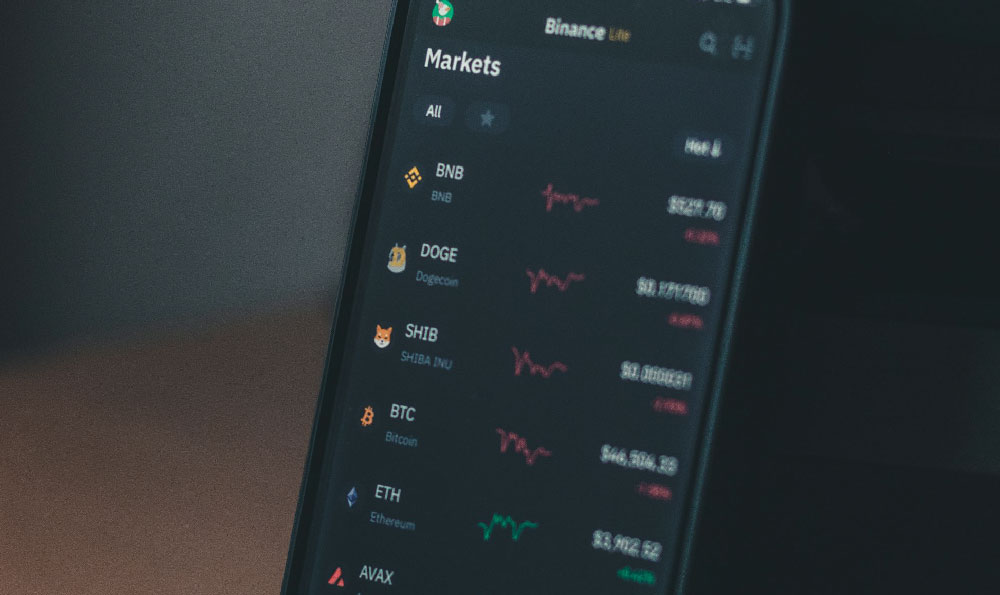As a self-employed driver, earning potential on the Lyft platform is intricately tied to a multitude of factors that extend beyond mere hours on the road. While the idea of driving for a ride-hailing service often evokes the image of a flexible income stream, the reality is more complex, shaped by variables such as geographic location, personal driving habits, vehicle maintenance costs, and the fluctuating dynamics of supply and demand in the ride market. In cities with high demand and limited supply of drivers, the hourly rate per ride—whether through the base fare, surge pricing, or special event surges—can fluctuate dramatically, sometimes offering earnings that rival traditional employment but at the cost of greater uncertainty. Conversely, in regions with lower demand or higher operational costs, the financial viability of driving for Lyft may require more strategic planning and adaptability.
One of the most critical aspects of understanding a driver's earnings is recognizing how the platform's dynamic pricing model impacts hourly compensation. During peak times such as late nights, weekends, or special events, drivers can secure higher fares due to increased demand and reduced availability of vehicles. However, these periods are not consistent, and drivers must balance the potential for higher income during surges with the risk of fewer rides during off-peak hours. For example, in cities like San Francisco or New York, where demand for rides consistently outpaces supply, drivers may experience more frequent surge opportunities, potentially leading to higher monthly incomes. Yet, these same cities also present greater challenges, such as higher gas prices, tolls, and vehicle depreciation, which can erode profits.
The financial picture for drivers also hinges on the vehicle they choose to operate. Vehicles with larger passenger capacity or those equipped for specific services—such as wheelchair accessibility or luxury options—may command higher rates, but they come with significant upfront costs and ongoing maintenance expenses. Drivers who opt for newer models or high-performance vehicles might initially see higher earnings, but the long-term financial sustainability depends on whether the additional revenue offsets the costs of depreciation, insurance, and fuel. Additionally, the choice between owning a vehicle and using a company-owned one introduces further complexity. While owning a car offers flexibility and potential tax deductions, it also requires managing expenses such as loan payments, registration fees, and repair bills. On the other hand, using a company car might eliminate some of these burdens, but it could also limit the driver's ability to optimize income through personal vehicle choices.

Another layer of analysis involves the operational costs that directly influence net income. Fuel expenses alone can vary widely depending on the driver's route, driving patterns, and the efficiency of the vehicle. For instance, a driver who frequently traverses highways or encounters heavy traffic may spend more on gas, reducing the overall profitability of their work. Maintenance costs, including tire replacements, brake repairs, and regular servicing, also play a pivotal role in determining long-term earnings. Drivers who neglect these expenses may face unexpected financial setbacks, such as sudden breakdowns or costly repairs, which can significantly impact their ability to earn consistently. Insurance is another critical factor; drivers who take out additional coverage, such as commercial insurance, may pay higher premiums but could provide better protection against risks like accidents or damages.
Beyond these logistical considerations, the decision to drive for Lyft also involves broader economic and lifestyle factors. For example, drivers in urban centers with high living costs may need to work more hours to cover expenses, potentially leading to higher earnings but also increasing the risk of burnout. Conversely, drivers in rural areas or smaller cities may find that their income is more consistent, but they might also face challenges such as longer travel times between rides or fewer opportunities to earn through surge pricing. Additionally, the presence of competitors, such as Uber or ride-sharing services that offer different compensation structures, can influence a driver's choice of platform and their overall earnings.
For those considering driving for Lyft, it's essential to approach the venture with a clear understanding of both the potential rewards and the inherent risks. The income can be a valuable supplement to other sources, but it's not a guaranteed path to financial independence. Drivers must account for the time and effort required to manage their schedules, navigate the platform's algorithms, and handle the logistical challenges of operating a vehicle. Moreover, the income is not entirely under their control, as it fluctuates based on external factors like weather, local events, and even changes in the platform's policies.
To optimize earnings, drivers can adopt strategies that maximize their efficiency and minimize costs. For example, scheduling rides during periods of high demand, such as evenings or weekends, can lead to higher surge rates. Additionally, maintaining a vehicle in excellent condition and practicing fuel-efficient driving habits can reduce operating expenses. Some drivers also choose to work multiple shifts or take on different types of rides, such as longer-distance trips or rides with higher surge multipliers, to increase their earnings. However, these strategies require discipline and adaptability, as they may not always align with personal circumstances such as work commitments or family responsibilities.
In conclusion, while Lyft drivers can generate a notable income, the figure is not static and is influenced by a combination of economic, logistical, and personal factors. For individuals contemplating this type of work, it's crucial to quantify both the potential and the risks, ensuring that their financial goals align with the realities of driving for a ride-hailing service. Ultimately, the decision to drive for Lyft requires a balanced approach, where drivers evaluate their risk tolerance, financial needs, and long-term aspirations to determine if this venture aligns with their personal and professional objectives.












